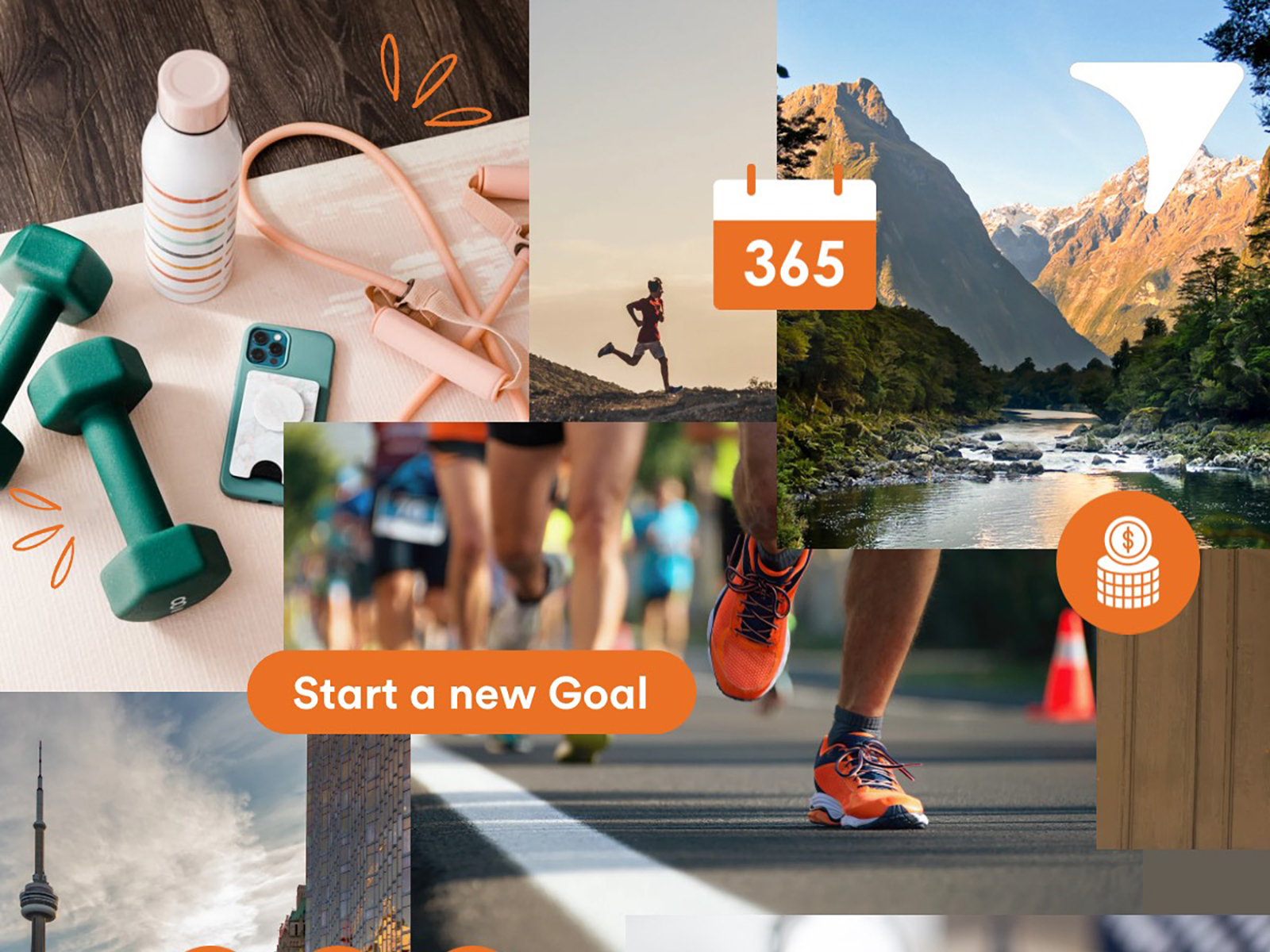How The GIST brought a new audience, and female perspective, to professional sports
In the world of sports, it's easy for women to feel like outsiders. A January survey suggests that 48% of men consider themselves sports fans, but only 19% of women say the same.
These stats don't intimidate Jacie deHoop. She's cofounder of The GIST, a fan-first media brand that's shaken up the male-dominated sports industry — providing equal coverage to men's and women's sports, and with a distinctly female voice and perspective.
They filled a digital gap, and fast: The company says in the last two years its revenue has grown from $100,000 to more than $2.8 million, thanks to partnerships with the NBA, Tangerine, Nike and others. They now employ a 22-person full-time team, plus an additional 20 part-timers.
“My partners and I all worked in the financial industry in Toronto, and that industry can be daunting for women," deHoop says. “So we knew what we were in for when we wanted to break into the male-dominated world of sports."
How it all began
“The concept started organically," says deHoop in an interview arranged in recognition of International Women's Day on March 8.
“My co-founders and I were all professional women and played sports growing up. We felt that the industry and traditional broadcasters didn't appeal to so many underrepresented fans. There was no female perspective. If there was ever going to be inclusivity for fans that didn't look a certain way or fit a traditional model, we wanted to drive the change and have them feel included."
So, deHoop and her founders got together every weekend to create The GIST, grinding out the business plan and executing their guerrilla marketing techniques. Months later, in 2018, they quit their jobs and went all in with a monumental level of commitment.
“We started with building a newsletter and we were shameless in our promotions," says deHoop. “We had some big, early wins ... that secured us 500 subscribers overnight."
But it wasn't all successful. “We tried crazy tactics like painting the sidewalks on Queen and King Street in Toronto. We handed out posters at gyms throughout the city, and we even tried a scavenger hunt to get the word out, but got kicked off the Western University campus," she says with a laugh.
“There was lots of trial and error. Not just with our content but also with our growth tactics. Priority one was that our newsletter content would always be free, accessible, inclusive and valuable to our female audience. We could have gone in a million directions — built an app, spread ourselves thin on social media and much more. But we decided to focus on building a high-quality newsletter and spend all our time on valuable content and building our subscriber base. That narrowing of focus allowed us to spend intentionally and save on big upfront costs." That's important when you don't have much to invest in a launch.
“When it came to our newsletter content, we were hyper focused on testing constantly with female fans. What did they want? We always had equal coverage of women's sports and men's sports. It was important that our progressive values shone through and to this day, our team is all women and those identifying as women. Because there are so few females working in sports, it can be really intimidating for a newcomer."
DeHoop and her co-founders were new to sports media but they were used to being outsiders, having worked in the financial industry, “which can be equally intimidating for those on the outside," she says.
“It was and still is important that our content team and coverage levels the playing field. We recently launched a job board sharing and recommending jobs and roles in the sports industry. Our community loved it and expressed so much appreciation."
Scrappy tactics paid off
A key driver of subscribers in the early days was to convince different brands to see the value in The GIST and exchange offerings that were mutually beneficial.
“One of our early successes was when we approached SoulCycle. They were opening a store in Toronto and we approached them with an idea — if we could get people to sign up with three friends to our newsletter, those signups would get two weeks free to try out the SoulCycle experience...
“We've been so impressed and pleasantly surprised at the value our sponsors saw in what we were creating. We quickly brought on other brands like Under Armour, the NBA and one of our favourite and most supportive partners, Tangerine. Tangerine has been such a dream to work with and really accelerated our growth. They get our need to be authentic and have been so important in allowing us to scale up in the sports space."
The fan base grows
“While we were busy building our community of loyal fans who were becoming more eager and devoted sports enthusiasts, big brands were watching what we were up to," recounts deHoop. “We have always been about growing with the right fans and creating strong engagement. Today our newsletter list is at 650,000 and we're on track to end the year at well over a million. Sure, we could have just bought a list and hit two million overnight. But that's never been our intention. We're always testing and evolving, and our priority is connecting with the right audience."
Finances were always top of mind
“We certainly were fortunate, my partners and I, to have worked for several years before we quit our jobs to launch The GIST," recalls deHoop. “But it was terrifying. We had no idea if or when we'd earn any money. To grow, we needed capital so we knew for the first two years at least, all revenue would have to be reinvested in the business. We didn't pay ourselves anything during that time.
“We were and still are scrappy. We had some early success with different accelerator programs and pitch competitions. Our investors, grants and other supporters have helped us grow rapidly, but we still have a long way to go. We're far from being on the other side yet. Although we're profitable, we're very prudent and intentional with all our spending."
The GIST is all about changing the game in the male-dominated sports industry where less than 15% of journalists are women and less than 5% of coverage is on female athletes and non-binary folks. Sign up for The GIST and help us change those stats.


